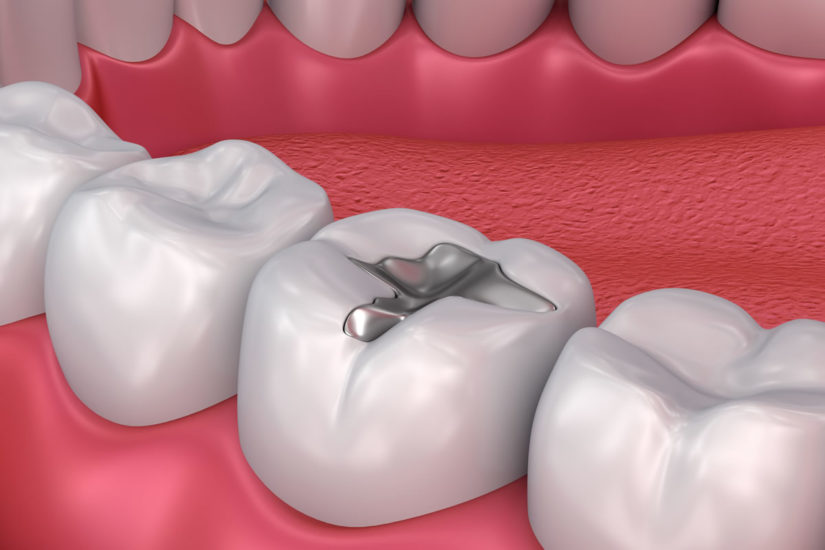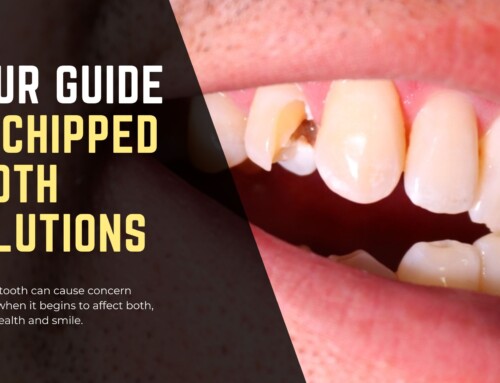
Frequently Asked Questions About Dental Filling
A dental filling is the most commonly used procedure in dental care to restore dental damage caused by decay. When a tooth gets decayed by bacteria, the dentist removes the decayed portion of the tooth and fills the cavity with filling material. Fillings also repair broken, chipped, or cracked teeth. Filling the cavity protects teeth against bacteria and further decay.
How many types of filling materials are there?
There are 5 types of dental filling: gold filling, silver filling, porcelain filling, composite resin, and ionomer filling. Every tooth requires a different type of filling material. You should consult your dentist before deciding which material to go with because you may be allergic to a specific material. With that being said, let’s discuss the types of fillings.
Gold fillings: Gold fillings can last for a decade or more (10-15 years) and are made at in a dental lab. Gold fillings have a long lifetime and are well tolerated by gums, so dentists usually opt for them. The drawbacks of using gold filling are they’re expensive and require multiple visits for installation.
Amalgam filling: Amalgam fillings are made of an alloy of silver, mercury, copper, zinc, etc. These types of filling materials are quite inexpensive and are fairly resistant to wear. Depending on the intensity of the decay, gum tolerance, and affordability, your dentist can choose amalgam filling. One thing to note is amalgam fillings can stain teeth, which is why they’re used for molar or premolar teeth.
Tooth-colored fillings or composite resin: Your dentist uses composite resin that matches your teeth’s natural color, applies the resin on the surface, and allows it to harden. The resin is applied on visible areas because they match your teeth. Composites don’t fill larger cavities and can last up to 3-to-10 years. So tooth-colored fillings are temporary and can be stained by caffeine or tobacco if used regularly.
Porcelain fillings: These types of fillings are also called inlays or onlays. These are made in a lab and then used for the filling procedure. Porcelain fillings are stain-resistant and your dentist matches them to your natural teeth to get an even finish. Unfortunately, they tend to be within the gold filling’s price range.
Glass ionomer: Glass ionomer is a material made of glass and acrylic. This material is used for fillings below the gumline. Most of dentists use it for children because it releases fluoride that helps protect against further decay. The filling lasts for five years at best and costs less than gold or composite dental fillings.
How does the procedure take place?
When you feel a sharp pain in your tooth or see black holes on them, these are cavities and need fillings. The dental filling procedure isn’t too complicated to understand though:
- During the first visit to your dentist, he will examine your teeth and discuss the best filling option for you.
- Next, your dentist will administer a local anesthetic to alleviate any pain or discomfort.
- Then the dentist removes any decay using a laser or hand-piece.
- After the restoration is completed, the filling is plastered inside the cleaned cavity, dried, and then polished.
Do dental fillings hurt?
And no nerves mean no pain. So, you won’t feel any pain during the filling procedure. Even if there’s a chance, your dentist administers a local anesthetic before the procedure to reduce the slightest sensation. You might feel a little discomfort keeping your jaws open for some time, but other than that nothing will happen.
How much does the filling cost?
One thing to note, many dentists need to complete an oral exam using x-rays to determine the position of the decay and its severity. An oral exam can take an average of $20 to $100 and the x-ray might cost from $10 to $250. It’s best to talk to your insurance company and ask if they provide insurance coverage for dental fillings. The cost of fillings differ and depend on various things such as the number of teeth, the location of the cavity, and the severity of the cavities. Here is a report about the average cost of the dental filling without insurance:
Gold fillings – $250 to $4,500
Silver amalgam – $50 to $150
Glass ionomers/Composite resin fillings – $90 to $250 for one or two tooth surfaces and $150 to $450 for more. For glass ionomers, it is generally less than the composite resin.
Where can I find dental fillings near me?
If you are searching for dental filling in Charlotte, contact District Dentistry Charlotte on 704-910-5006 or schedule an appointment through our website.





